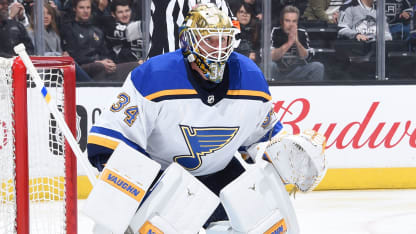The Blues were 24th in the NHL last season (223 goals; 2.72 per game), in large part because they didn't get much production outside of their first line of Brayden Schenn (70 points; 28 goals, 42 assists), Vladimir Tarasenko (66 points; 33 goals, 33 assists) and Jaden Schwartz (59 points; 24 goals, 35 assists), who were their only three players with at least 55 points.
The additions of Ryan O'Reilly (61 points; 24 goals, 37 assists), David Perron (66 points; 16 goals, 50 assists) and Tyler Bozak (43 points; 11 goals, 32 assists) should help balance out the scoring.
Yeo said he will experiment with his top six forwards in training camp.
"Right now, we have [O'Reilly] starting at center, starting Day One of training camp," Yeo said. "Now, whether it's going to stay that way, I don't know, but you're going to see Vladimir Tarasenko on his right side (on the top line).
"There will be times, obviously, where we are going to make some switches and we are going to try some different things. And we know some things that looking back on last year, whether it's a guy like [Tarasenko], we know that he can play with [Schenn and Schwartz]. But training camp is a great opportunity to try some different things to see what clicks, see what works, and we'll take advantage of that."

